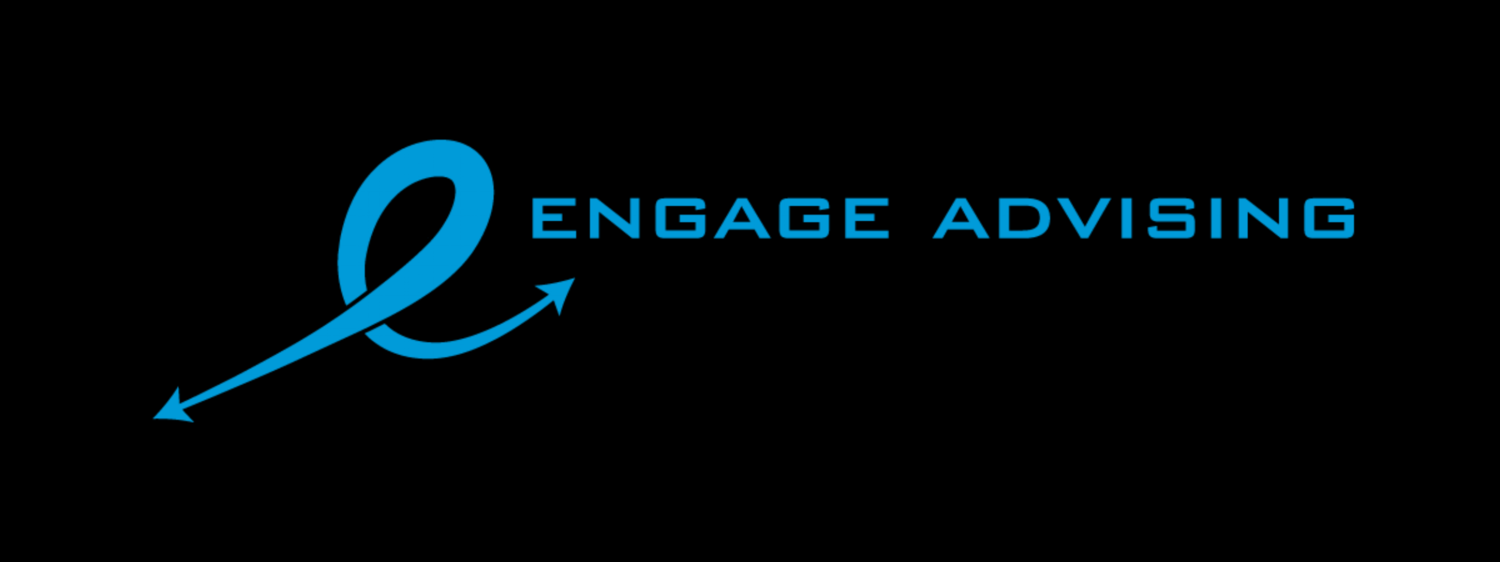It’s a challenge – do I save first or pay my debts? Many people face this very conundrum every pay period. They know in their heart that they should be saving money, but their paycheck-to-paycheck reality is very real, very stressful, and very difficult to break. The good news is that you can break the cycle. The bad news, it takes real effort and old-fashioned grit!
For those of you who feel trapped in the paycheck-to-paycheck cycle, start small by making a big decision. Start with the decision that YOU are your most important debt collector. That’s right, you come first. Pay yourself first! Make this small but powerful mindshift a reality. If you must, start small with $1, and do it every time you earn money. There are roughly 20 working days per month. Make your first goal to save $1 for each of those working days. Look yourself in the mirror every morning and repeat, “pay yourself first” until you take it to heart and believe that you are most important. By the end of the year, you’ll have your first $240 in savings!
Once you’ve become accustomed to paying yourself first, challenge yourself to take it further. Consider saving a percentage of your salary through automation. Setup a savings account to receive a percentage of your salary. Over time, your goal is to increase what you pay yourself. Give it six-to-nine months so that you become used to automated savings. Then, increase your savings percentage by 1% on a regular schedule. At first, you may want to increase your savings 1% every six months. The next level is to increase your savings rate every four months by 1%, and then every three months by 1%.
My savings started small as a set amount each pay period. Then I started saving a small percentage (10%) pre-tax via my 401(k). I also received a match from my employer (I believe it was around 6% on the first 5% of salary). Next, I switched from the small set amount and started saving 5% post-tax into a savings account that I never touched. After that, I started doing something else that really pumped up the cashola! If my net pay deposit was, for example, $2,269 I would transfer an amount of $227 into savings. I did this with every check I received no matter what and it worked. It took me a few years to be able to do this, and I had to start with taking the rule to heart, “pay yourself first.” I was saving 10% pre-tax, plus a match, plus 15% post-tax! Savings became more of a game for me and I started increasing my savings percentage rate over time.
Let’s review your steps to get started:
Make the mindshift, YOU are most important.
Pay yourself first!
Start small; $1 per working day, move up to $5 per day, then to an amount every day!
Participate in any retirement plans offered via your employer. Don’t leave any ‘free’ match money on the table.
Increase post-tax savings from your net income.
Finally, examine your spending habits. Stop buying “stuff” and paying for services you don’t really need. It sounds simple, but live within your means. Cutting back just a little in many areas will give you the cashflow you need to start saving. Use a budgeting or spending app to track where you are spending your money and start reviewing the data. You’ll be surprised at where your money goes. Instead of eating out four nights a week with friends cut back to two nights per week. Invite them to your place instead and you’ll all save money. Buying coffee two to three times per day – that’s about $15. Cut back on just one purchase and you have your $5 per day. Carpool, take public transit, turn down the heat/AC, clip a few coupons for things you actually buy, cook at home, take your lunch to work twice a week, etc. We can all trim our spending, it just takes determination and grit.
Not sure how to start or what to do once you are saving. Call me. As an independent Certified Financial Planner™, I can help you with a savings goal, debt reduction, setting a timeline and examining resources. #talktometuesday #education #Hireaplanner #savings #savemore #payyourselffirst


